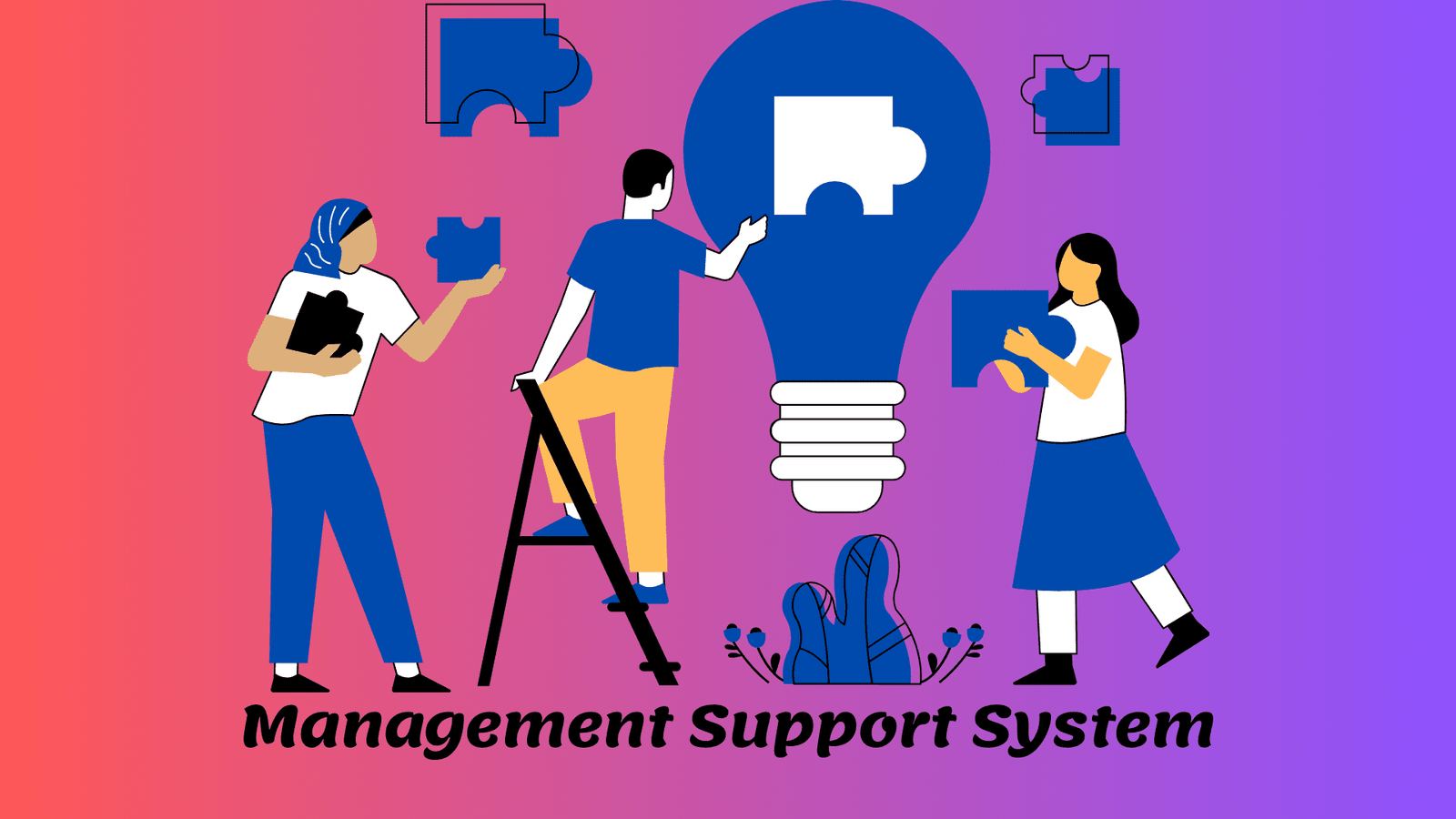A Compliance Management System (CMS) is a structured framework that ensures organizational compliance with laws and ethical standards, mitigating risks and promoting a culture of accountability. Discover the importance, processes, features, and best practices for implementing an effective CMS in your organization.
Compliance Management System (CMS)
CMS is a structured framework of policies and procedures designed to ensure organizational compliance with laws, regulations, and ethical standards. It mitigates compliance risks, promotes accountability, and fosters a culture of integrity while facilitating employee understanding of their responsibilities in a regulated environment.
Definition
A Compliance Management System (CMS) is a comprehensive framework comprised of internal policies, procedures, and controls that organizations employ to ensure compliance with laws, regulations, standards, and ethical codes.
Its purpose is to mitigate compliance risks and facilitate adherence to applicable requirements. Promote a culture of integrity and accountability within the organization. A CMS also provides mechanisms for ensuring that employees understand their responsibilities related to compliance, particularly in complex regulatory environments.
Process
The CMS process typically involves the following steps:
- Risk Assessment: This is the foundational step in developing a CMS. Organizations must conduct a thorough evaluation to identify potential compliance risks across various departments and functions. This includes analyzing regulatory requirements, understanding operational activities, evaluating previous compliance issues, and consulting with legal experts to highlight any additional risks.
- Policy Development: Once risks are identified, the organization should create a comprehensive set of policies and procedures that address these compliance areas. These documents must be clear, accessible, and tailored to meet the specific legal and regulatory requirements pertinent to the organization’s industry.
- Implementation: The implementation phase involves disseminating the developed policies throughout the organization. This not only includes formal communication but also involves training sessions to ensure that all employees, from entry-level to management. Understand the compliance policies and procedures, the rationale behind them, and their responsibilities in adhering to them.
- Monitoring and Auditing: Regular monitoring and auditing are crucial to ensure the ongoing effectiveness of the CMS. Organizations should establish periodic audits to assess compliance levels within departments and identify any deviations from set policies. Such activities may also involve reviewing documentation, conducting interviews, and utilizing compliance software to track adherence.
- Reporting: A robust reporting mechanism must be established to facilitate the reporting of compliance violations or concerns. Employees should feel empowered and protected when reporting issues. This transparency helps foster an environment where compliance concerns can be addressed proactively rather than reactively.
- Continuous Improvement: Compliance is not a one-time effort but a continuous process. Organizations need to regularly update their policies and practices based on insights gained from audits, changes in regulations, and internal reviews. Continuous improvement ensures that the CMS evolves with the regulatory landscape and organizational changes.
Importance
- Legal Protection: A well-structured CMS helps organizations avoid legal penalties, civil liabilities, and reputational damage by promoting adherence to relevant laws and regulations. It safeguards against regulatory scrutiny and contributes to the avoidance of costly compliance breaches.
- Reputation Management: In today’s digital age, corporate reputation is paramount. Organizations that demonstrate a commitment to ethical practices and compliance are more likely to gain the trust of customers, stakeholders, and the public. A strong compliance program can significantly bolster a company’s brand image.
- Risk Management: A CMS plays a vital role in identifying and mitigating compliance risks before they escalate into serious issues. By employing a proactive approach, organizations can prevent non-compliance situations that could lead to significant financial and operational disruption.
- Operational Efficiency: Streamlined compliance processes can enhance efficiency across various departments. Clear policies and procedures reduce confusion and ensure everyone understands the compliance landscape, ultimately improving workflow and productivity.
- Stakeholder Confidence: Investors, customers, and partners are increasingly focused on compliance as part of their decision-making process. Organizations with effective compliance management instill confidence among stakeholders, which can lead to stronger business relationships and improved financial stability.
Features
- Customization: A CMS provides the ability to customize policies and procedures to meet the unique needs of the organization. While being compliant with industry standards and regulations.
- Real-time Monitoring: Many modern CMS solutions offer tools for continuous tracking of compliance status and performance metrics, allowing organizations to address issues promptly.
- Audit Trails: A robust CMS ensures documentation of compliance activities and audit results, providing transparency and accountability throughout the organization.
- Training Programs: Training is a critical feature of a CMS. It emphasizes the creation and delivery of programs aimed at educating staff about compliance issues, updates in regulation, and their responsibilities.
- Reporting Tools: Effective reporting tools enable organizations to generate comprehensive compliance reports. That can be shared with internal stakeholders and regulatory authorities to demonstrate compliance efforts.
Elements
- Governance Structure: The establishment of a clear governance structure that defines roles, responsibilities, and accountability for compliance within the organization is essential.
- Risk Assessment Framework: Organizations need to adopt tools and methodologies for identifying and analyzing compliance risks systematically across all functions.
- Policies and Procedures: Comprehensive policies and procedures should well-documented and accessible, covering all aspects of compliance relevant to the organization.
- Training and Awareness Programs: Continuous employee training programs play a vital role in creating a knowledgeable workforce. That can recognize and effectively respond to compliance issues.
- Monitoring and Enforcement Mechanisms: Establishing mechanisms for enforcing compliance and addressing violations is vital in fostering a culture of adherence to compliance requirements.
Solutions
- Software Solutions: Organizations can leverage various automated compliance management tools. Such as Governance, Risk, and Compliance (GRC) software, which provides integrated solutions for managing compliance seamlessly.
- Consulting Services: Businesses can benefit from consulting services that specialize in compliance management. These professionals assist organizations in developing frameworks, policies, and strategies tailored to their needs.
- Training Solutions: Investing in online courses and workshops focused on compliance education can enhance employee understanding and engagement regarding compliance obligations.
Implementing a CMS
- Assess Current Compliance Status: A comprehensive evaluation of existing compliance practices is essential to identify strengths and weaknesses in the current framework.
- Engage Stakeholders: Involving key stakeholders, including department heads and compliance teams, during the decision-making process ensures. That the CMS aligns with organizational goals and meets the diverse needs of its various functions.
- Develop a Compliance Strategy: A roadmap should created that outlines the approach for implementing the CMS, detailing the timeline, responsibilities, and resources needed for successful roll-out.
- Select Tools and Resources: Organizations should carefully evaluate and select appropriate software solutions and resources to bolster their compliance efforts.
- Train Employees: Comprehensive training on new compliance protocols and systems is critical, ensuring that every team member understands their role in maintaining compliance.
- Monitor and Adjust: Regular reviews of the CMS’s effectiveness through audits, assessments, and stakeholder feedback allow organizations to make data-driven decisions to improve their compliance initiatives continually.
Best Practices
- Regular Training: Conduct ongoing training sessions tailored to different roles within the organization to keep employees informed about compliance changes and expectations.
- Documentation: Maintain detailed documentation of compliance processes, training programs, and audit results to ensure accountability and transparency.
- Leadership Involvement: Active involvement from leadership in promoting and enforcing compliance culture is crucial to ensuring that compliance prioritized organization-wide.
- Embrace Technology: Leveraging technology and tools to streamline compliance management, data tracking, and reporting processes can greatly enhance efficiency.
- Feedback Mechanisms: Establishing channels for employees to provide feedback on compliance processes and suggest improvements fosters a culture of continuous enhancement and engagement with compliance initiatives.
Implementing an effective Compliance Management System is essential for organizations in today’s regulatory landscape. It not only helps ensure adherence to laws and regulations but also promotes integrity, operational efficiency, and stakeholder confidence. A well-designed CMS serves as a critical component in an organization’s overall governance framework, ultimately contributing to long-term success and sustainability.
FAQs
- What is a Compliance Management System (CMS)?
A CMS is a structured framework of policies and procedures designed to ensure that an organization complies with laws, regulations, and ethical standards. - Why is a CMS important?
It helps organizations avoid legal penalties, manage reputational risk, enhance operational efficiency, and foster stakeholder confidence. - What are the main components of a CMS?
Key components include governance structure, risk assessment framework, policies and procedures, training programs, and monitoring mechanisms. - How do organizations implement a CMS?
Implementation involves assessing current practices, engaging stakeholders, developing a strategic plan, selecting tools, training employees, and monitoring progress. - What are some best practices for CMS?
Best practices include regular training, detailed documentation, leadership involvement, embracing technology, and establishing feedback mechanisms. - What tools can assist with CMS?
Software solutions like Governance, Risk, and Compliance (GRC) tools, consulting services, and training programs can support compliance management efforts.












